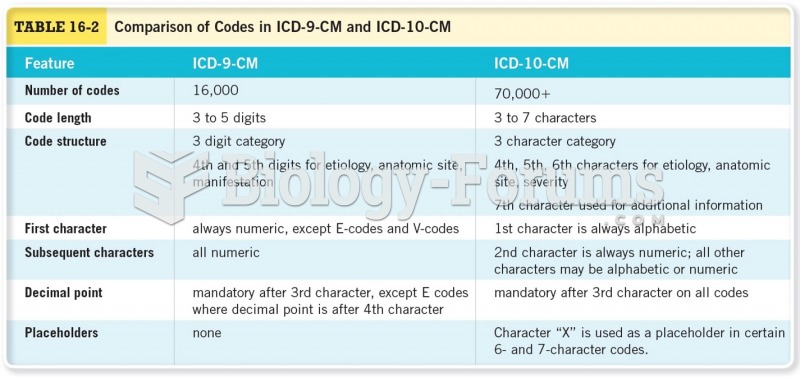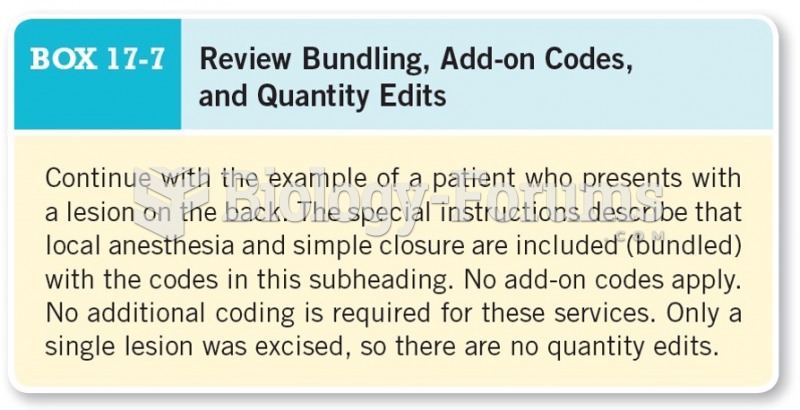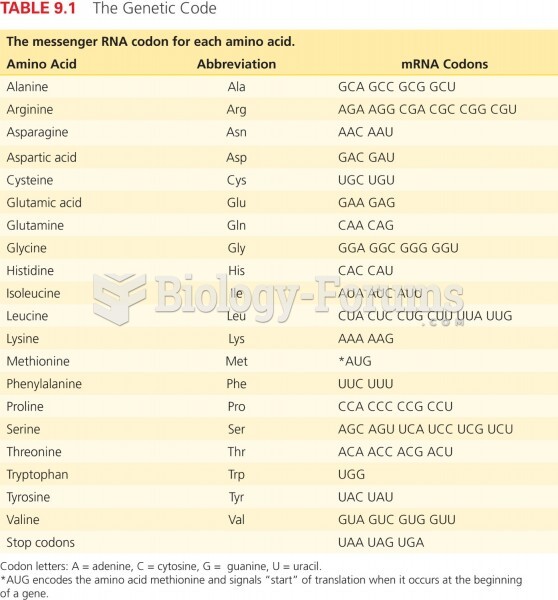Code the following cases for outpatient facility purposes using ICD-9-CM, ICD-10-CM, and CPT codes. Sequence codes in the correct order.
Calculate the APC.
Assign modifiers when appropriate.
Use external cause codes when appropriate.
Do NOT code procedures that are captured by the facility chargemaster.
EMERGENCY DEPARTMENT VISIT
PATIENT:JONATHON OFFICE
RECORD NUMBER:00-15-82
DATE OF SERVICE:05-06-XX
PHYSICIAN:DR. KIM. M. D.
Patient is an 11-year-old male who comes in at this time for evaluation of a laceration on his scalp. He apparently was playing in his driveway of a single-family home, on a trampoline, trying to jump up and stuff a basketball through a hoop when, apparently he lost his balance and fell off of the small trampoline and hit his head.He suffered no loss of consciousness.He states he did not hurt his neck, but didnote that he was bleeding from his scalp.He generally has been in good health. Is currently on Penicillin, however, for an abscess tooth.He is allergic to no known medicines. According to his mother, his last tetanus injection was 6years ago. His weight is 66 pounds.
EXAM: Blood pressure 114/80, respirations 20, pulse 78, temperature 98.3. Exam of the child reveals a well-developed, well-nourished male inno acutedistress.
Ears: TMsintactwithin normal limitsbilaterally.
Eyes: EOMs intact, PERRL, fundi no hemorrhages, exudates or no papilledema noted. Exam of the neck reveals no tenderness over the dorsal spines of the cervical spine. Exam of the head reveals approximately ¾ inch laceration on the posterior scalp overlying the occiput. Wound was inspected and appears to be through the subcutaneous tissue in one small area. The galea could not be visualized, but wound did not appear to extend to the galea.The wound was thoroughly irrigated with normal saline and subsequently the wound was anesthetized using 1% Xylocaine with epinephrine. Following this, the wound was closed using 40 Vicryl and 40 Prolene suture. The patient tolerated the procedure well. He was given a tetanus booster as a precaution and the mother was counseled regarding potential side effects. He has been advised to keep the wound clean and dry and his mother has been advised that he should be rechecked should the wound become reddened, increasingly painful or if any purulent drainage should be noted exuding from the wound. The sutures are to be removed in 7-10days.
ICD-9-CM diagnosis code(s): _____________________
ICD-10-CM diagnosis code(s): _____________________
CPT code(s) with modifier, if applicable: _____________________
APC: _____________________







